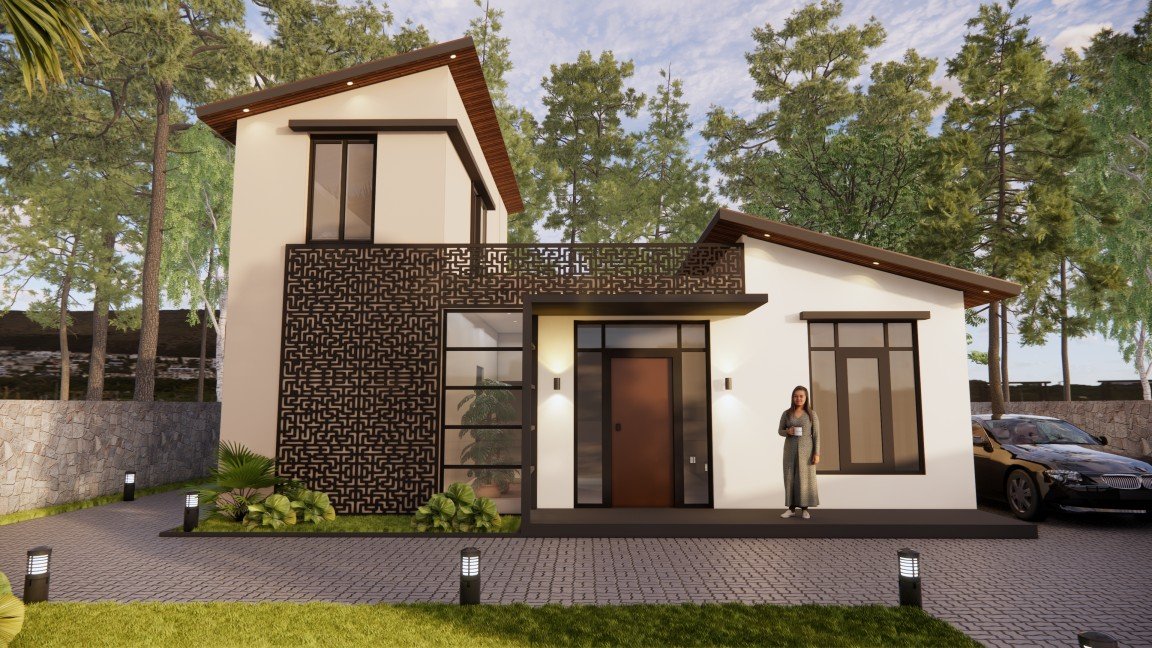Major Steps in Modular Home Construction

Modular homes have revolutionized the housing industry by offering a faster, more cost-effective, and sustainable way to build homes. Unlike traditional construction, modular homes are built off-site in a controlled environment and then transported to their final location for assembly. But what exactly does the process entail? Here’s a step-by-step breakdown of the modular home construction process.
1. Design and Planning
The first step in modular home construction is creating a detailed design tailored to the homeowner’s needs and preferences. This involves working with architects, designers, and engineers to finalize the floor plan, layout, and aesthetic features. Advanced 3D modeling software is often used to provide a virtual preview of the finished home.
During this phase, the following are addressed:
- Building codes and regulations.
- Site preparation requirements.
- Budget and timeline estimates.
2. Site Preparation
While the modular home is being constructed in the factory, the construction site is prepared simultaneously. This involves:
- Clearing and leveling the land.
- Constructing the foundation (e.g., slab, crawl space, or basement).
- Installing utility connections, such as water, electricity, and sewage.
This parallel processing significantly reduces the overall construction timeline.
3. Factory Construction of Modules
The core of modular home construction takes place in a factory setting. Here, the home is built in sections or modules under strict quality control and climate-controlled conditions. This step includes:
- Framing: Building the structural framework of each module.
- Insulation and Electrical Wiring: Adding insulation, plumbing, and wiring according to the design.
- Interior and Exterior Finishes: Installing drywall, flooring, cabinetry, and exterior siding.
Each module is built to withstand transportation and is rigorously tested to ensure durability and compliance with building codes.
4. Transportation to the Site
Once the modules are complete, they are carefully transported to the construction site. This step involves:
- Coordinating logistics for safe transportation.
- Using specialized trucks and trailers designed for oversized loads.
- Ensuring the modules are protected from damage during transit.
5. On-Site Assembly
At the site, the modules are craned into place and assembled like pieces of a puzzle. This phase involves:
- Aligning and securing the modules to the foundation.
- Sealing joints and connecting utility lines.
- Ensuring structural integrity and weatherproofing.
The assembly process is quick, often taking just a few days to a few weeks depending on the complexity of the design.
6. Final Inspections and Finishing Touches
Before the home is ready for occupancy, final inspections are conducted to ensure compliance with local building codes and safety standards. During this phase, contractors:
- Perform touch-ups, such as painting and landscaping.
- Test electrical systems, plumbing, and HVAC.
- Address any minor adjustments or issues identified during the inspection.
7. Handover and Move-In
The final step is handing over the completed home to the owner. At this point, homeowners can move in and start enjoying their new space. Modular homes are known for their high-quality construction, energy efficiency, and customizable designs, making them an excellent choice for modern living.
Why Choose Modular Homes?
The modular construction process offers several advantages:
- Speed: Parallel site preparation and factory construction significantly reduce build time.
- Cost Savings: Factory efficiencies lower labor and material costs.
- Sustainability: Reduced waste and energy-efficient designs contribute to a greener planet.
- Quality Assurance: Controlled environments ensure higher precision and fewer defects.
Modular home construction is transforming the way we think about housing. By combining innovation, efficiency, and sustainability, it delivers a seamless process from design to move-in. Whether you’re looking for a cozy cabin or a sprawling family home, modular construction offers endless possibilities to make your dream home a reality.
- Tags: 1bhk, 2bhk, 3bhk, government regulations, home, housing, modern houses, prefab, resorts, rocks
